The miscalculations that sent Kamala Harris to a devastating loss
Her campaign misread an electorate that was more wound up about inflation and immigration than about Donald Trump’s character.
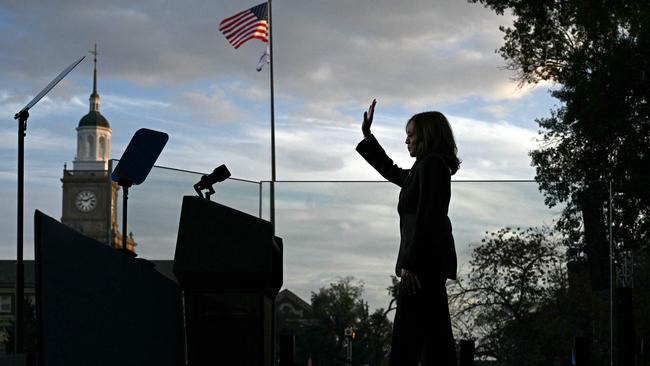
Kamala Harris’s advisers felt like they couldn’t believe their luck. Heading into Election Day, Donald Trump kept making controversial comments they thought would play right into their strategy of showing voters he was unfit for another term. They were optimistic the vice president was on the precipice of victory in a race they viewed as on a knife’s edge. Her final campaign appearance, on the iconic Philadelphia steps from Sylvester Stallone’s Rocky, would cap the arc of an underdog’s rise.
Instead, their optimism was a sign of how badly the Harris campaign misread an electorate that was more wound up about inflation and immigration than about Trump’s character. Trump punched his return ticket to the White House with a stunning electoral romp that batted away Harris’s attacks and lured voters who believed the country was on the wrong track and blamed President Biden, Harris’s deeply unpopular boss. Her inability to separate herself from him and offer her own specific solutions to Americans’ problems, despite a lavish campaign war chest, was a central reason for her loss.
More broadly, the party erred in failing to plan a smooth transition from Biden’s presidency to the next generation of younger leaders despite his pledge to do so. Thrusting Harris atop the ticket in July left her campaign ill-prepared to compete against an opponent with a firm grip on the electorate.
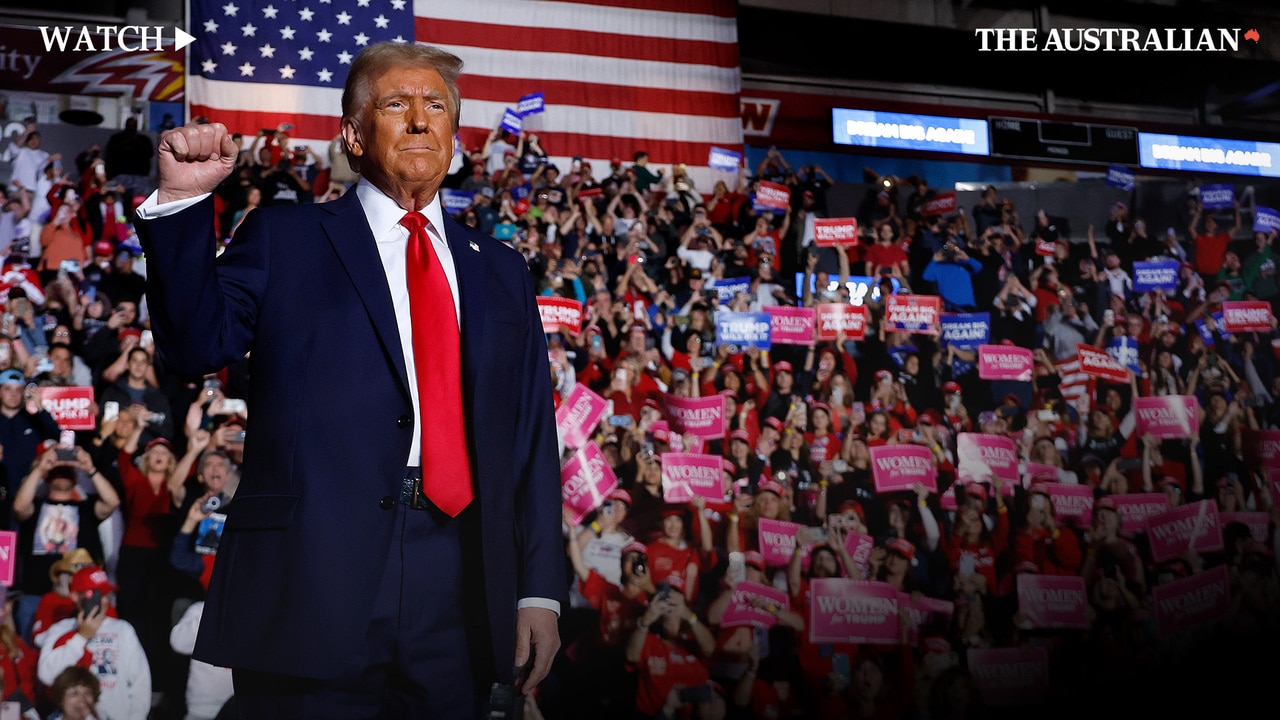
In a 15-week campaign, Harris’s advisers knew from the start the fundamentals of the race were against her, but they eventually came to believe that bringing into focus Trump’s character was the only way to neutralise her headwinds.
Voters’ discontent with the direction of the country – including their frustrations with inflation and record illegal border crossings – meant they were looking for a change agent. Harris didn’t feel comfortable coming off as critical of Biden, despite a push from some allies, and her advisers also didn’t think it would work, given her role in the administration.
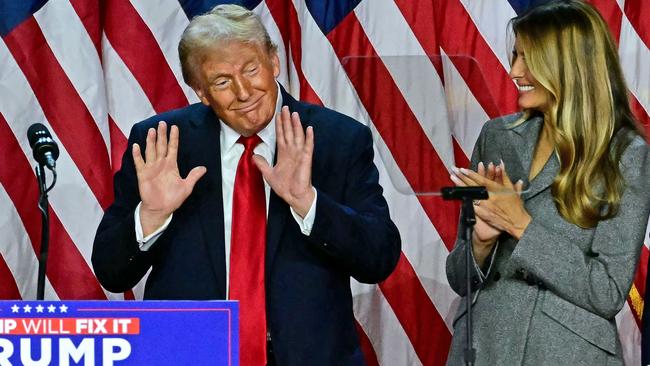
There were also some cracks within Harris’s campaign operation. The outreach to Black, Latino and working-class voters in swing states came too late and her message to those voters wasn’t clear enough, several Democrats said.
Democrat congressman Adam Smith said that Harris and Democrats appeared too close to the party’s progressive flank.
“The extreme left is leading us into a ditch,” Smith said, citing movements to defund the police and to liberalise border policy. “The second problem, of course, is that Harris chose not to distance herself from Biden.”
The political ground that Harris forfeited was expansive. Women as well as men shifted toward the Republican Party, compared with their preferences in 2020. Harris gave up a bit of her party’s advantage among college-educated voters while losing substantially among voters without a four-year degree, who account for almost 60 per cent of the electorate. Black voters doubled their support for Trump to 16 per cent, while Latino support grew by 6 points, to 41 per cent. Harris also lost ground among voters with less than $US100,000 in household income while making gains among the smaller group of voters who earn more than that amount.
Signs of trouble
In Michigan on the eve of the election, one vivid sign the Democrats were in trouble came at a rally thrown by vice presidential nominee Tim Walz, held at downtown Detroit’s Hart Plaza. The venue can accommodate thousands of people, but the crowd filled only a fraction of the space, according to one volunteer. At one point, campaign staffers asked people to cluster in bleachers that were in view of a camera, so it would give the impression of a full crowd.
Walz and Michigan Gov. Gretchen Whitmer were among those who delivered brief remarks to a lacklustre reception. The rally also featured entertainers, including REM frontman Michael Stipe and Jon Bon Jovi, who sang hits that included a 1992 release that served as a rallying cry: Keep the Faith.
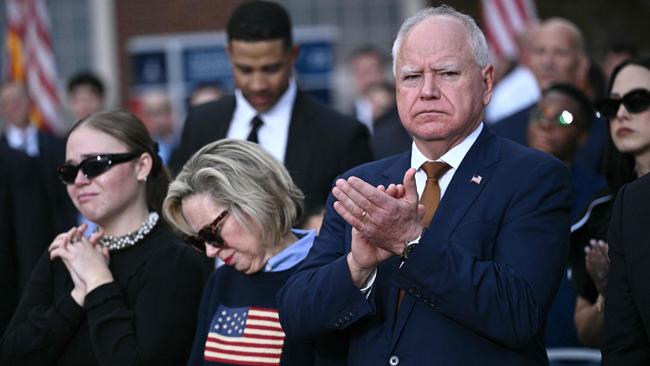
On Tuesday night, wealthy Democratic donors and operatives, who had been getting positive updates from the campaign throughout the day, watched in horror at the Conrad Hotel in Washington as election results came in. Many who had been invited to a VIP gathering at Howard University, where Harris’s campaign held its election night party, decided to stay at the bar or go back to their hotel rooms to mourn alone.
“’We just got our asses kicked’ was the sentiment of the night,” one of the attendees said, adding that although some were starting the finger pointing, Trump’s victory was so resounding that most understood it was a larger problem that went beyond Harris’s campaign. “We can’t nitpick.” Around 10pm, when North Carolina and Georgia looked out of reach and warning signs flashed for the other states in Harris’s narrowing path, the mood among Harris aides and allies shifted to dread.
Frustration with Biden
In laying blame for Harris’s loss, Democrats were quick to point to Biden’s decision to run for re-election two years ago and the ensuing efforts to quash any dissent from those who thought it was a bad idea or sought to challenge him.
When he was running in 2020, Biden had said he would be a transitional figure who passed the baton to a new generation of Democratic leaders. But after the party overperformed in the 2022 midterms, the oldest president in U.S. history felt confident that the voices in the party sceptical of his leadership had been proven wrong once again. He waited to publicly announce his decision until April 2023.
Before Biden’s decision was made public, Biden’s personal lawyer Bob Bauer put together a presentation for the president outlining the legal risks for his family, including his son Hunter Biden and his brother James Biden, according to people familiar with the matter. The point was not to persuade him against running, but to give him a full picture of the potential impact. A White House official said such a presentation was standard. Bauer didn’t respond for comment.
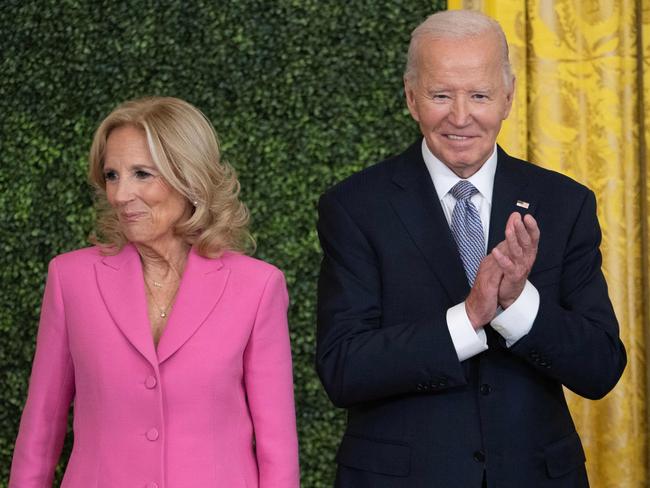
Top White House aides, meanwhile, assumed he would run again, and there wasn’t a robust debate about it. “I don’t think for him it was an open question,” said Bob Shrum, a Democratic strategist who is close to Biden’s advisers. “It’s unrealistic to ask that. You’re president. You wanted this job for 50 years.”
Nonetheless, there was quiet grumbling about the wisdom of the decision among midlevel White House staff and the party writ large, according to former and current White House officials. Nobody wanted to publicly air these concerns, reasoning that doing so would mean they would be frozen out of a White House they wanted to be able to influence or continue to be employed by, according to former officials.
“I’m hearing a lot more frustration with Biden and the people who enabled Biden than with Harris. She performed pretty admirably as a candidate, all things considered,” said Brian Goldsmith, a Los Angeles-based Democratic consultant and a Biden-Harris donor. “It was very clear the moment at which he turned down the Super Bowl interview [on CBS] that he obviously couldn’t handle being the nominee and they thought they could just grind it out and run an anti-Trump campaign.”
In June, The Wall Street Journal reported that Biden, 81, had shown signs of slipping in private meetings with congressional leaders. The White House and top Democrats denied that. The Journal later reported that senior White House advisers had aggressively stage-managed Biden’s schedule and personal interactions to minimise signs of how age had taken its toll.
The consequence was that the president during the last two years of his presidency failed to effectively use his bully pulpit to make the case for another term to the public, putting Democrats behind Republicans, who spent the time channelling the concerns of the American people.
Campaign headaches
Although Harris inherited Biden’s campaign infrastructure when he stepped aside after his disastrous June debate performance, it came with its own headaches. Harris, who brought in some of her own longtime aides, also layered Biden’s team with a coterie of top Democratic advisers who had helped elect Barack Obama, including David Plouffe, Stephanie Cutter and Mitch Stewart. Some existing campaign aides said it created friction internally and disagreements over decision-making and messaging, according to Harris aides.
One Harris aide said the team struggled with how best to have Harris define Trump. Plouffe and some of the campaign’s pollsters wanted to label the former president as “dangerous,” while campaign chair Jen O’Malley Dillon thought she should call Trump “risky”. And others, like pollster Molly Murphy, wanted to warn of Trump’s pursuit of “unchecked power.” The end result was an amalgamation of these messages, the aide said.
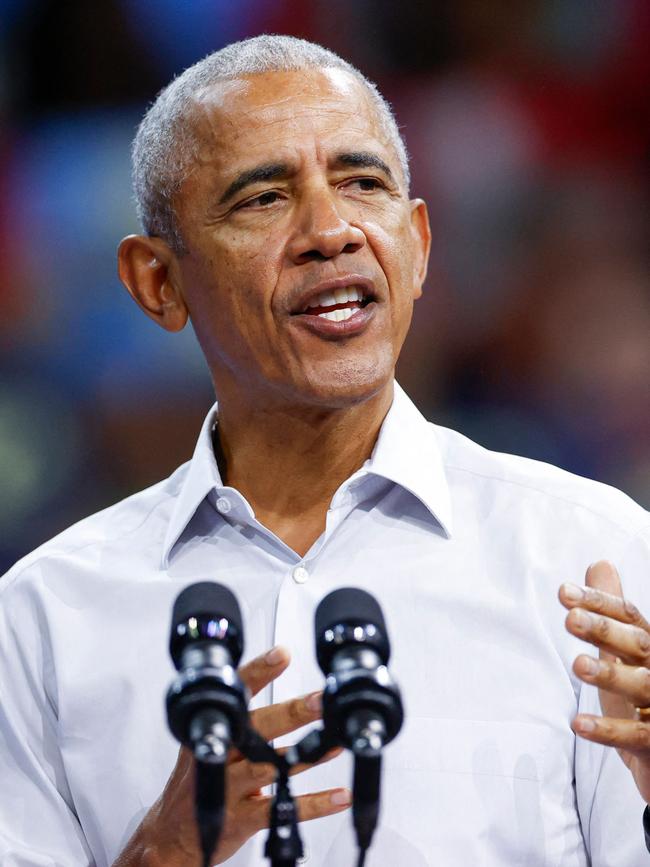
There were also internal disagreements on whether Harris should sit for an interview with Joe Rogan, the No. 1 podcaster in the country who is especially popular among young men. Scheduling conflicts ultimately prevented it from happening.
The vice president instead sat for interviews with journalists and podcast hosts who were generally friendly to her candidacy, but even those exposed her liabilities. Chief among them was her interview last month on “The View,” where she said she wouldn’t have done anything differently from the president. Even when she came up with an answer later in the interview – that she would have put a Republican in the cabinet – it failed to show a break from the president.
Harris’s advisers rushed to create an economic platform that would ease voters’ concerns about the economy, with polls showing it as the No. 1 issue.
Where Biden focused on jobs, Harris would emphasise prices, pitching a federal ban on price gouging, helping first-time home buyers with their down payment and more support for small-business owners. Instead of touting the administration’s economic agenda, she empathised with voters’ frustration. But in poll after poll, voters continued to give Trump the edge on the economy.
Inside her campaign, Harris’s advisers had lengthy debates about whether her policy plans should be more detailed and more expansive. They ultimately decided to gloss over many of the details, reasoning that voters wanted a big-picture vision, not wonky white papers.
But even before Harris lost, some of her advisers acknowledged that was a strategic mistake. Voters, many of whom said they didn’t know enough about Harris, wanted more information about how she would govern. By contrast, Americans felt they understood what Trump’s return to the White House would look like based on his first four years in office.
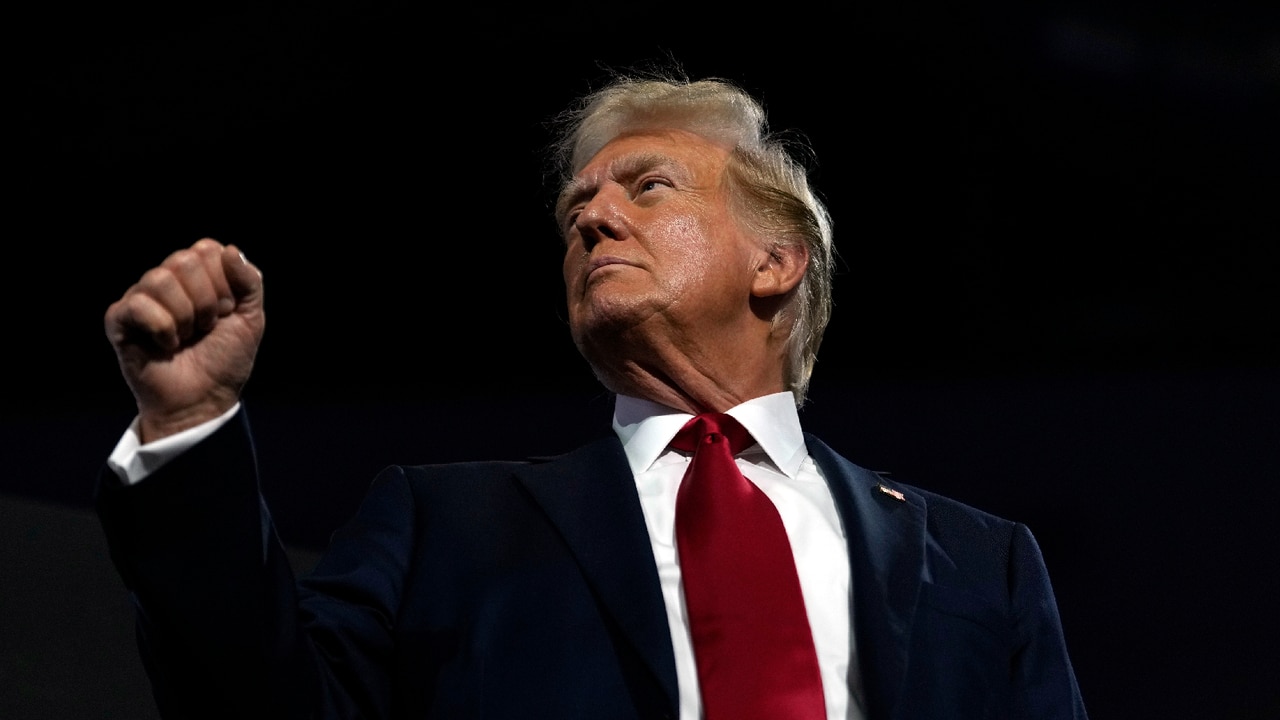
Over the past two years, Trump outlined dozens of policy moves he hoped to make on day one of his second term, including launching mass deportations and increasing oil drilling. Harris struggled to clearly explain what her first day in office might look like.
Once Harris’s loss was clear, several Democrats pointed to her economic plans, saying they did little to show how they would help the average struggling household.
Race slipping away
In October, as Harris’s advisers saw the race shifting away from her, the campaign moved toward painting Trump in a more negative light. Future Forward, the main pro-Harris super PAC – a fundraising committee – signalled to its Democratic allies that the campaign was making a mistake.
“Our task remains more about Harris than Trump,” the group wrote in a memo to allies. “Give voters new, specific information about how a Harris presidency would help them and their families.”
Future Forward, a relative newcomer in the ecosystem of Democratic outside groups, made some controversial decisions of its own. The group, which shelled out roughly $US500 million in disclosed spending alone, urged major donors to contribute large cheques as early as possible so they could reserve advertising time in the final months before Election Day.
Super PACs often hit the airwaves earlier in election season. But Future Forward told donors that the weeks after Labor Day were by far the most potent time to reach voters and planned little early advertising, even when Biden was struggling in the polls.
As Harris came to the fore and Democrats raced to define her new campaign, some donors and strategists wanted the group to pour big money more swiftly into boosting Harris. The group also created several ads and rigorously tested them before selecting which one to use – a process that frustrated many in the party who believed their testing wasn’t leading to the selection of the most effective ads.
An aide to the group said about one out of every 20 ads the group created went on air and their data showed their ads had a greater impact. The aide noted that the group spent $US60 million over a three-week period soon after Harris got in the race.
Future Forward also announced a $US100 million ad blitz for the final week before the election. Many in the party believed it was too late.
As Democrats searched for answers to her loss, Harris told supporters at her concession speech on Wednesday to look ahead and not give up. “I’m so proud of the race we ran,” she said.
Additional reporting: Emily Glazer, Maggie Severns, Andrew Restuccia, Siobhan Hughes, Erich Schwartzel and Aruna Viswanatha
The Wall Street Journal

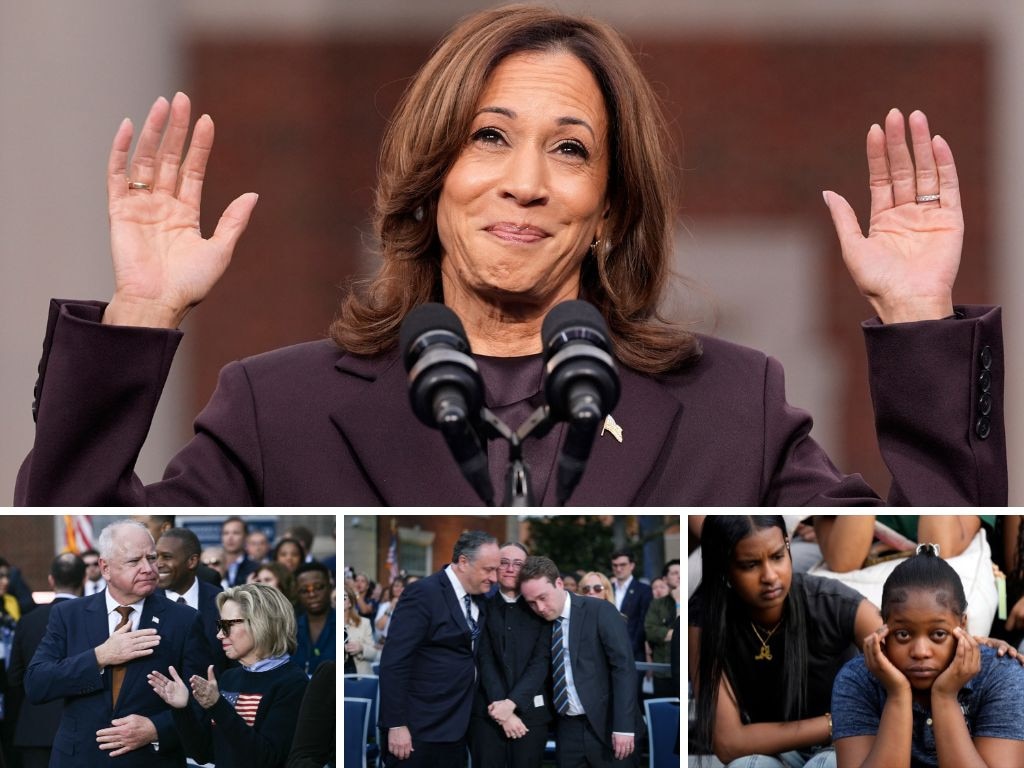
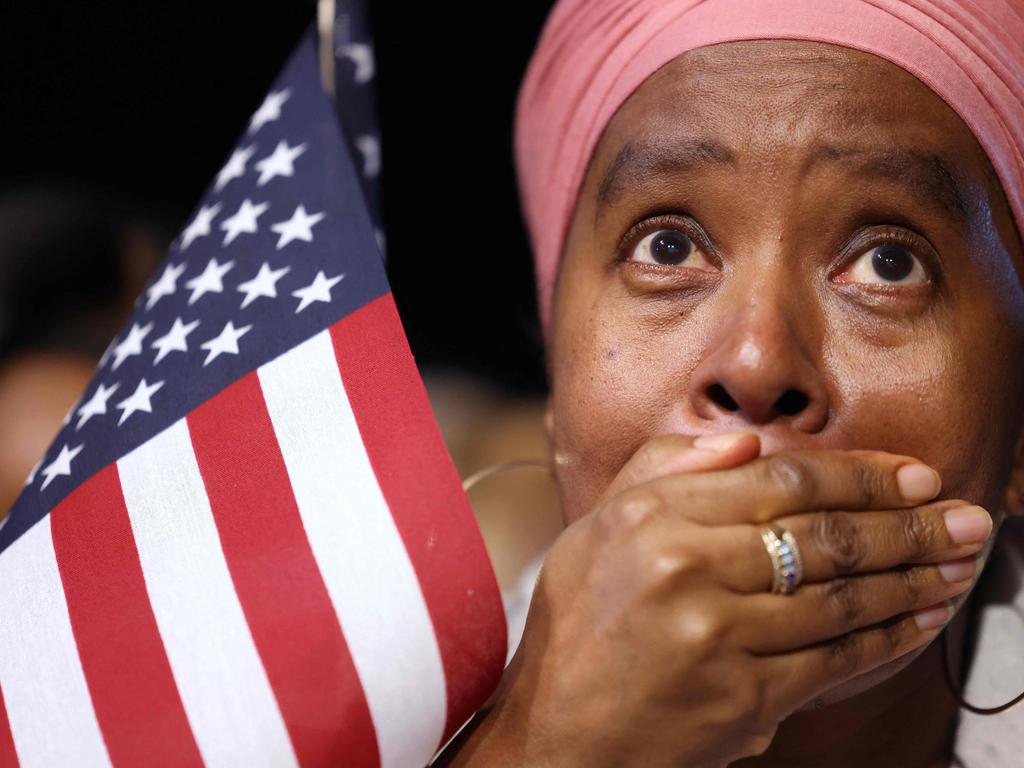
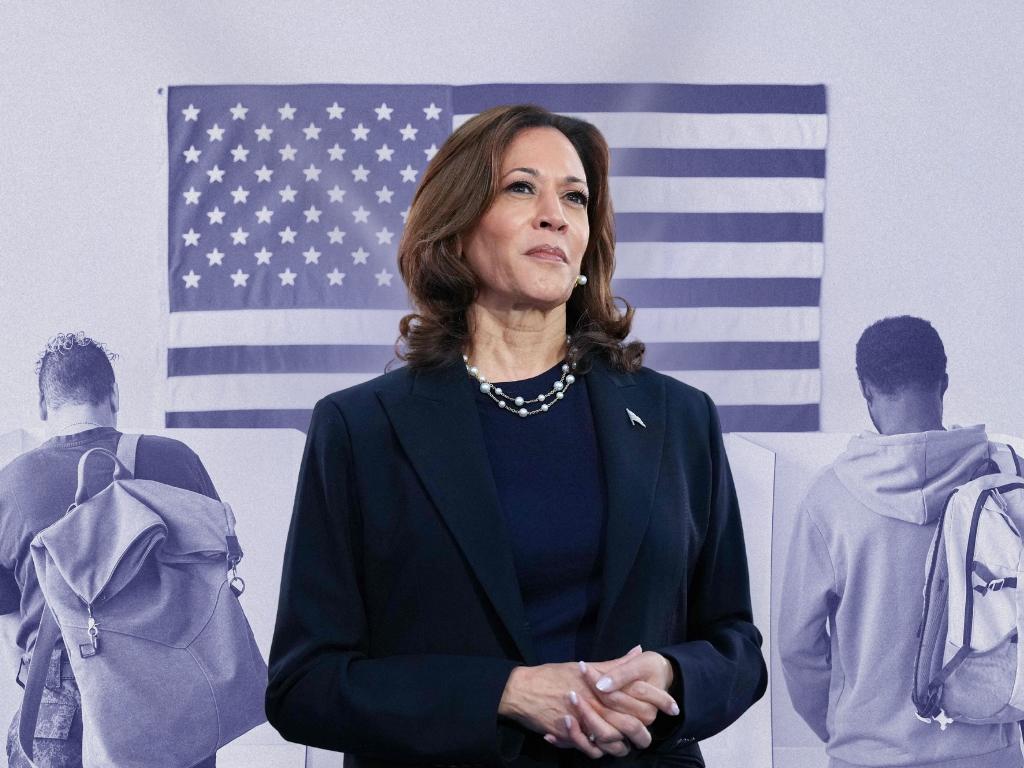
To join the conversation, please log in. Don't have an account? Register
Join the conversation, you are commenting as Logout